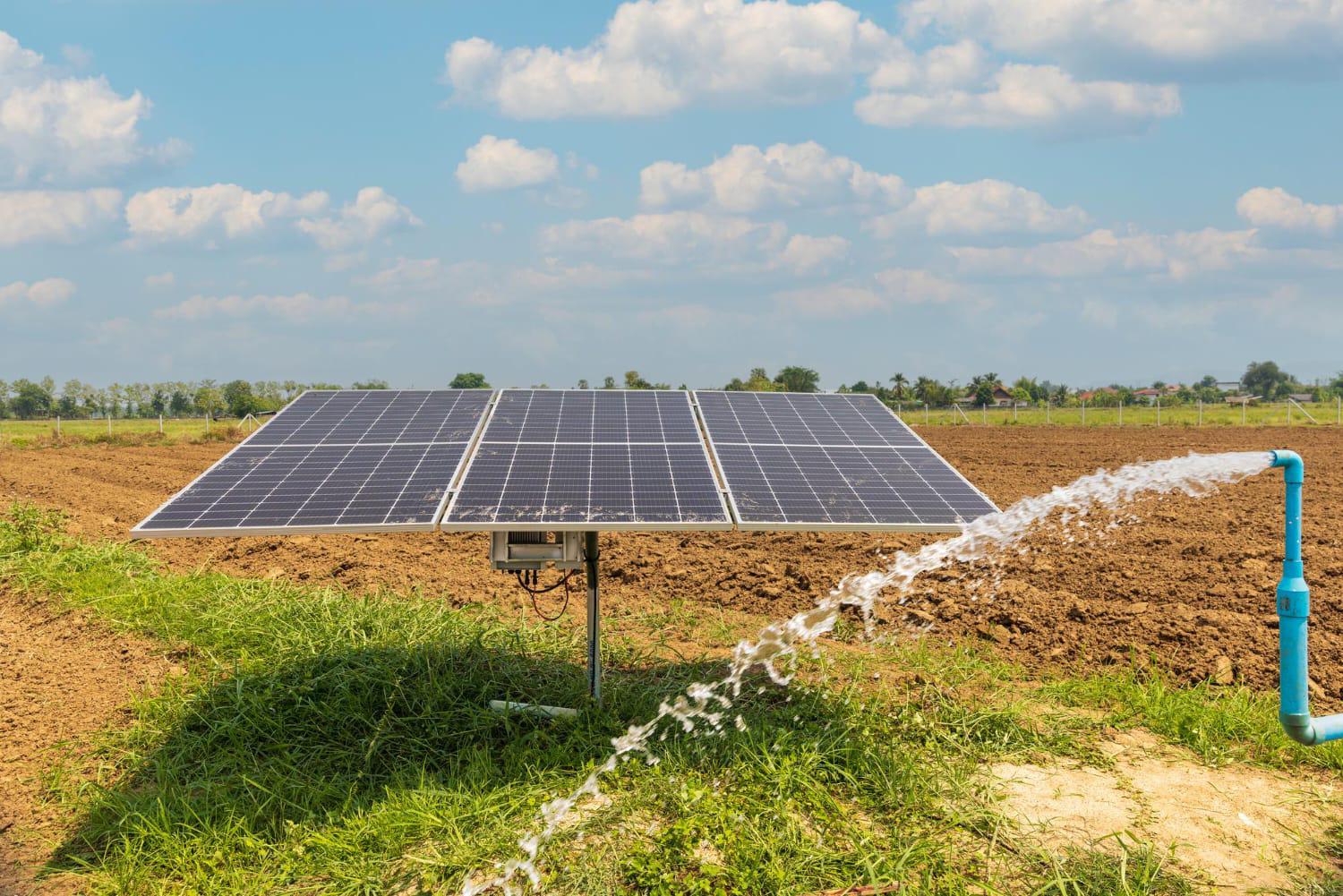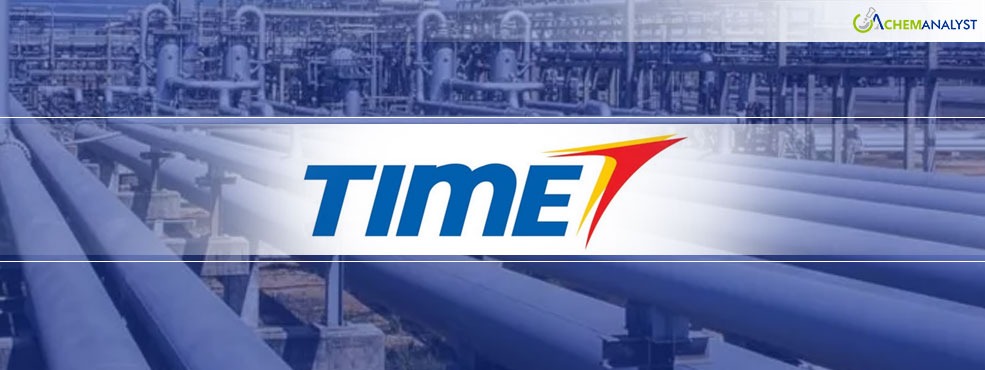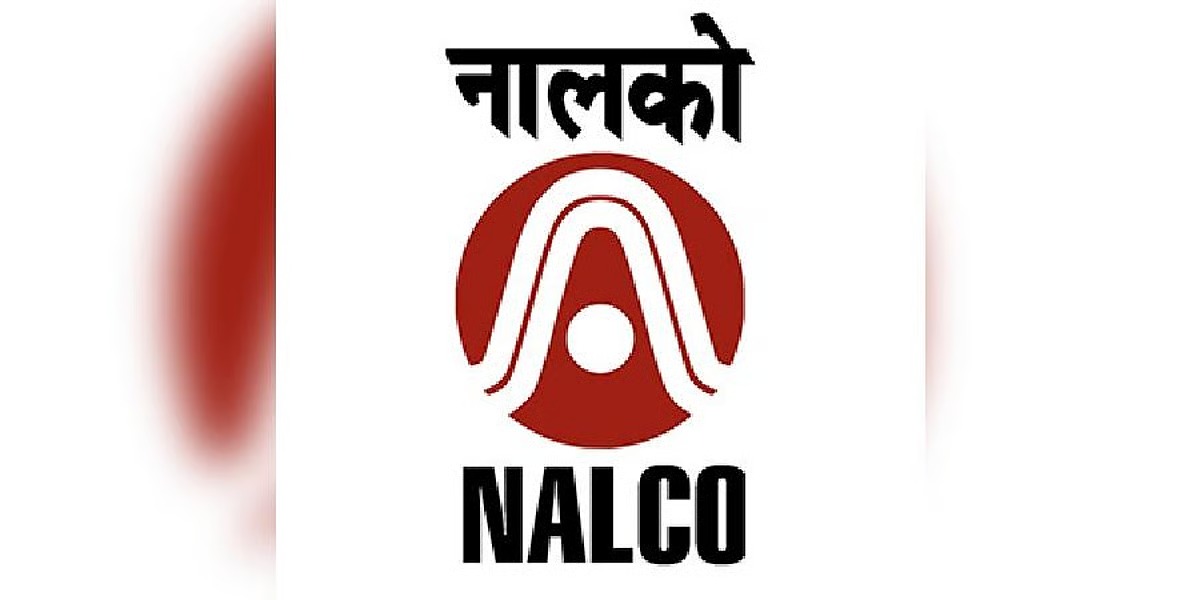 Image Source: Redington Solar
Image Source: Redington Solar
The Maharashtra government has set an ambitious target to complete the rollout of 5,000 megawatts (MW) of solar-powered agricultural feeders under the flagship Mukhyamantri Saur Krushi Vahini Yojana 2.0 by September 2025. This decisive push signifies a monumental leap in reforming rural energy access, decarbonizing the agricultural sector, and positioning Maharashtra as a national leader in decentralized renewable energy.
Key Highlights: Solar Agri Feeder Mission Gains Momentum
The 5,000 MW solar feeder target, set by Deputy Chief Minister Devendra Fadnavis, is part of Mission 2025 and aims to solarize about 30% of agricultural feeders, providing uninterrupted daytime power to farmers and sharply reducing the state’s electricity subsidy burden.
As of August 2025, approximately 1,000 MW has already been achieved, with 4,000 MW more slated for rapid rollout in the coming year through fast-tracked land acquisition, expedited project clearances, and robust public-private partnerships.
This decentralized model brings solar generation sites within a 5–10 km radius of agricultural distribution substations, with individual project sizes ranging from 0.5 MW to 25 MW, maximizing efficiency and reducing transmission losses.
Strategic Policy and Operational Framework
The scheme prioritizes expeditious land leasing, resolution of encroachments, and fast-tracked no-objection certificates to overcome implementation bottlenecks. District-level task forces and a central digital dashboard jointly managed by the state and partners like GEAPP India provide real-time monitoring of progress, land acquisition, and grid integration.
Cross-department coordination—including energy, revenue, forest, police, and local authorities—is mandated to address challenges from material theft to permissions for tree removal and power line crossings.
Special attention has been directed at densely populated and remote rural areas to ensure equitable access and that smallholder farmers benefit from reliable solar-powered irrigation and farm operations.
Economic, Social, and Environmental Impact
The solar feeder rollout is expected to cut Maharashtra’s power subsidy expenses, which have long been inflated by conventional electricity and unreliable supply to agricultural users.
By supplying quality daytime power, the scheme enhances agricultural productivity, reduces the need for costly diesel pumps, and improves rural livelihoods.
Environmental benefits include a significant reduction in carbon emissions and fossil fuel dependencies, alongside the creation of thousands of local jobs in installation, operation, and maintenance.
These decentralized solar projects also open new revenue streams for landowners through leases and reduce the burden on state transmission infrastructure.
Implementation and Industry Partnerships
The scheme incentivizes private sector participation through innovative financing models and attractive returns on investment, while also drawing on expertise from state agencies and national initiatives like PM-KUSUM and MAHAGENCO.
Joint ventures, such as the NLC India Renewables–MAHAPREIT partnership targeting 5 GW across solar, wind, and hybrid systems, further enhance project scale and sustainability.
Recent large-scale project tenders, such as the SJVN Green Energy EPC tender for nearly 1 GW of solar capacity across key districts, demonstrate strong market interest and execution capabilities under tight timelines.
Challenges and Forward Outlook
Addressing land acquisition, grid connectivity, and theft-related hurdles remain top priorities. The government’s focus on digitization, real-time analytics, and cross-stakeholder collaboration aims to resolve delays and ensure seamless progress.
The broader energy transition roadmap includes plans for a total addition of up to 16.6 GW of decentralized solar for the agriculture sector by 2026, moving Maharashtra closer to its goal of deriving over 50% of its energy mix from renewables.
The September 2025 target, if achieved on schedule, will provide a benchmark for other Indian states seeking to integrate agricultural development with climate and energy goals.
Conclusion
Maharashtra’s drive to solarize 5,000 MW of agricultural feeders by September 2025 is a transformative step in India’s renewable energy journey. By prioritizing decentralized solar solutions, the state is set to revolutionize rural power access, empower farmers, and advance its sustainability ambitions to new heights. The initiative’s success will not only reshape Maharashtra’s electricity landscape but also serve as a replicable model for agricultural energy transitions nationwide.
Sources: Solarbytes, EQ Mag Pro
Advertisement
Advertisement







